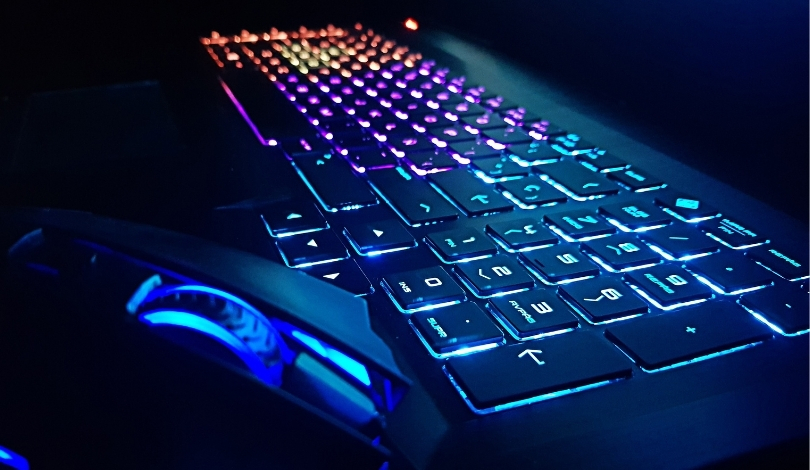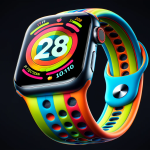London’s MCM Comic Con and EGX attracted cosplayers of all skill levels this past weekend, transforming the event spaces into vibrant showcases of character-inspired creativity. Fans of different ages, backgrounds, and interests gathered in inventive costumes, celebrating gaming and pop culture together. Attendees observed not just popular characters, but also a growing ingenuity in costumes, with both traditional craftsmanship and advanced technology being put on display. Many creators cited the community’s welcoming spirit as a motivation to attend and participate.
Events like these have consistently drawn attention for their inclusive environments and the unique workmanship of cosplayers. Previous years have seen elaborate armor builds and signature character looks, yet each convention introduces new levels of complexity—like the shift towards 3D-printed costume elements, and a wider array of canon and original characters represented. Increasingly, cosplayers document their methods and share inspirations online, which fosters greater engagement and enthusiasm within the hobby. The range of new materials and techniques has expanded noticeably compared to past editions, as has the community’s outreach to newcomers.
What Were Some Standout Cosplay Highlights?
Among the notable highlights, Matt To’s portrayal of Hideo Kojima drew wide attention from attendees, who praised the accuracy and creative effort invested. Other impressive features included Iron Warrior Cosplay’s detailed Warhammer 40k Iron Warrior suit, which stood out due to its considerable scale and attention to detail. Reinhardt’s “Griefhardt” cosplay, previously seen at the Insomnia Gaming Festival, made a lasting impression and sparked questions about the physical endurance required to navigate conventions in such extensive armor.
“Sometimes you can’t help but applaud someone for their commitment to the bit,” said an attendee admiring the extraordinary dedication on display.
How Did Cosplayers Approach Complex Costumes?
Participants often took innovative approaches to costume construction. For example, the Hornet cosplay from Silksong, presented by Teo’s Nest, demonstrated the growing use of technology as 3D printing was employed for the headpiece, allowing for a higher degree of precision and customization. Sometimes, simpler methods like paper mache and cardboard were still favored, showcasing that a broad range of techniques remain valid. These diverse approaches emphasize both the personal touch and willingness to experiment that are common in the community.
How Welcoming Was the Cosplay Community at London’s Conventions?
The overall atmosphere at MCM Comic Con and EGX was markedly inclusive, with newcomers and experienced cosplayers alike encouraged to participate. Organizers and returning attendees both emphasized the community aspect of the events, with many finding inspiration from seeing amateur and expert costumes side by side.
“No matter your fandom, or how old you are, or your skill level at any sort of prop and costume making, you’re always welcomed and encouraged to join in,” explained one veteran convention-goer.
These events reveal how cosplay can unite people who share an interest in gaming, art, and collective celebration, generating a vibrant exchange of ideas and skills. Traditional handcrafting is now joined by digital design and 3D printing, expanding opportunities for creative expression. Storage and maintenance of intricate costumes remain practical concerns, yet participants repeatedly express that the sense of accomplishment and community outweighs these challenges. For those curious about entering the world of cosplay, attending conventions can provide insight and encouragement, serving as both entertainment and learning experience.
- London’s MCM Comic Con and EGX showcased innovative cosplay approaches.
- Community inclusivity encouraged participation from newcomers and veterans alike.
- Cosplay at these events continues to evolve with technology and tradition combined.








